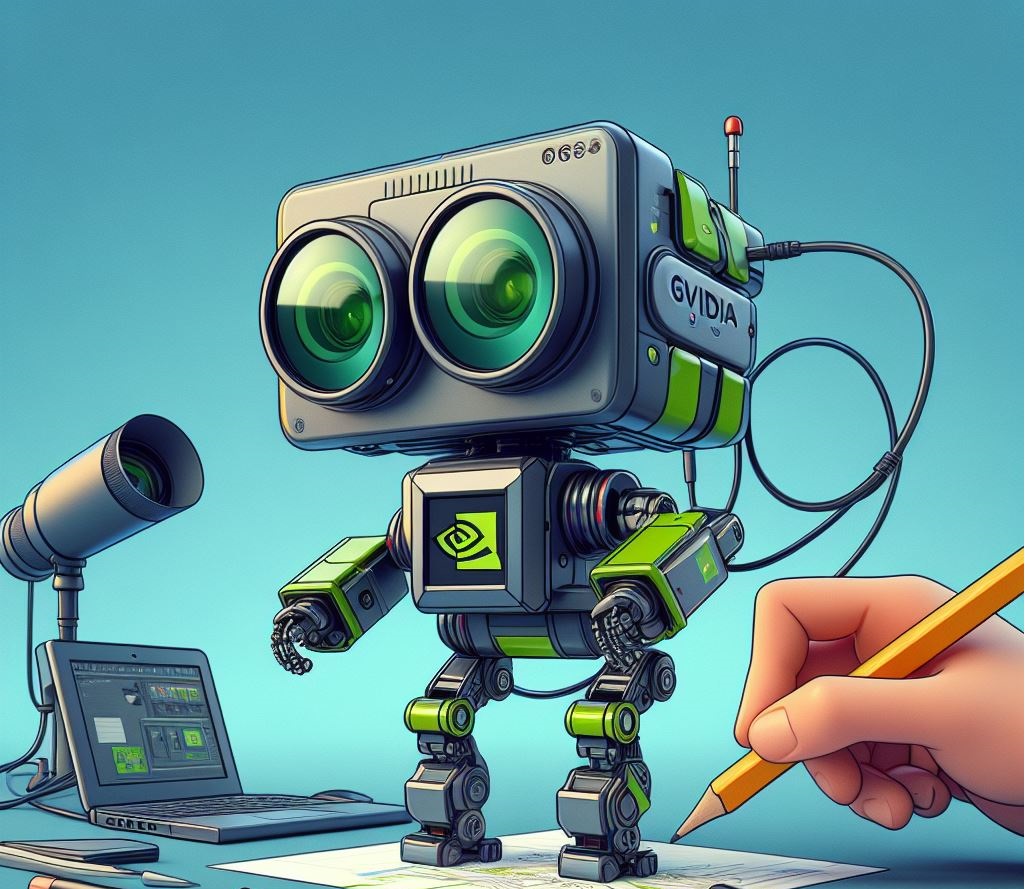In a watershed moment for the advancement of artificial intelligence (AI) and robotics, Nvidia CEO Jensen Huang took center stage at the annual GPU Technology Conference (GTC) in San Jose, Calif., to unveil Project Gr00t—a pioneering initiative aimed at revolutionizing humanoid robotics. Anchored by Nvidia’s cutting-edge Blackwell AI GPU, the event showcased a convergence of innovation as Huang revealed partnerships with industry giants like Apple and Siemens, signaling a transformative leap in AI integration across diverse sectors.
Nvidia’s Project Gr00t – Pioneering Humanoid Robotics
Nvidia’s commitment to pushing the boundaries of AI development was vividly demonstrated as CEO Jensen Huang unveiled Project Gr00t—a bold initiative poised to redefine the landscape of humanoid robotics. With a nod to Marvel Comics’ iconic character, Project Gr00t, standing for Generalist Robot 00 Technology, represents a significant milestone in AI-driven robotics. Huang outlined the company’s vision to create a complete system for training humanoid robots capable of learning from visual content, including videos and virtual reality simulations. Nvidia’s Jetson Thor computing platform emerged as a cornerstone in this endeavor, designed to empower robots to perform complex tasks and interact seamlessly with humans.
The development of Nvidia Isaac Lab—a dedicated facility for scaling up Gr00t’s training—underscored the company’s holistic approach towards nurturing AI-powered robotics. Through initiatives like Nvidia Osmo, a compute orchestration service, Huang emphasized the seamless coordination of training and inference workflows across various Nvidia systems, laying the groundwork for the realization of Generalist Robot technology on a global scale. The integration of AI robotics into real-world scenarios received a boost with updates to the Isaac robotics platform, positioning Nvidia at the forefront of AI-driven innovation in humanoid robotics.
Integration with Apple Vision Pro and Siemens – Redefining Spatial Computing
In a strategic move towards fostering synergies between AI and spatial computing, Nvidia announced key partnerships with Apple’s Vision Pro and Siemens—a development that promises to reshape industries ranging from automotive to manufacturing. Leveraging the power of Apple’s Vision Pro headset, Nvidia’s Omniverse Cloud streams seamlessly into the world of spatial computing, offering a transformative workflow experience. By integrating CAD tools and design software with Omniverse, Huang showcased a paradigm shift in collaborative design processes, heralding a new era of creativity and efficiency.
The collaboration with Siemens, a titan in industrial engineering, marked a significant milestone as Nvidia unveiled its integration with Siemens’ Xccelerator platform within Omniverse. This convergence of technologies paves the way for the creation of an industrial metaverse—an interconnected ecosystem where humans and AI-powered robots collaborate seamlessly in virtual and physical environments. Through these partnerships, Nvidia is poised to drive innovation across industries, unlocking new possibilities in autonomous vehicles, robotics, and manufacturing processes.
As Nvidia continues to push the boundaries of AI innovation with Project Gr00t and strategic partnerships, the future of robotics appears increasingly promising. With advancements in humanoid robotics and spatial computing poised to transform industries, one can’t help but wonder: How will these developments shape the future of human-machine interaction, and what new frontiers will AI-powered robotics explore next? As the journey towards artificial general robotics unfolds, Nvidia’s vision for a world powered by AI-driven automation promises to redefine the realms of possibility.





